Introduction
Have you been feeling low and unmotivated and are not sure of the reason why? Or perhaps you have been feeling anxious when you normally think of yourself as a pretty relaxed person?
It may actually be your gut that needs addressing. These two scenarios are examples of the connection between our brain and our gut known as the Gut-Brain axis which you have likely heard of. This axis refers to a two-way communication pathway going on between our digestive system and our brain and whatever is going on in one will affect the other.
But do you know much about the vagus nerve that’s responsible for connecting them?
What is the Vagus Nerve?
The vagus nerve is the main nerve of a part of the nervous system known as the parasympathetic system nervous system which is part of your autonomic nervous system. It is the primary pathway that the gut and brain communicate through and it is this system that helps us to rest, relax and digest. The vagus nerve runs from our brain stem to our colon and connects a vast majority of our major organs, particularly those which make up our gut.
The vagus nerve consists of two sensory pathways: the somatic (the sensations we feel in our muscles and skin) and the visceral (the sensations we feel in the organs inside our body. It also consists of motor pathways which are involved in stimulating the muscles within our mouth and throat, stimulating our heart and stimulating the involuntary movements within our gut which allow food to move through.
Functions of the Vagus Nerve
The most important function of the vagus nerve is to bring information of the inner organs such as the liver, heart and lungs to the brain. It carries messages between them, causing our heart rate to decrease, respiration rate to lower and release of bile, enzymes and stomach acid to increase. The vagus nerve also carries information from the gut up to the brain. It is key in regulating the HPA axis pathway, a hormone pathway which controls our response to stress.
The vagus nerve stimulates involuntary contractions in the digestive tract, including the esophagus, stomach and most of the intestines to allow food to move through the tract. The vagal efferents together with hormones such as peptide cholecystokinin, ghrelin and leptin determine the rate of absorption of our nutrients, storage and utilisation. Both are also involved in the control of food intake and regulation of satiety, gastric emptying and energy balance.
The vagus nerve is also essential for regulating your immune system and inflammation. It sends anti-inflammatory signals to other parts of the body through three different pathways. The first pathway is the HPA axis. The second pathway is the splenic anti-inflammatory pathway where the vagus nerve stimulates the splenic sympathetic nerve which in turn stimulates the release of noradrenaline and acetyl choline. The last pathway called the cholinergic anti-inflammatory pathway is mediated through the vagal afferent fibers which again prompt the release of acetyl choline to inhibit inflammatory molecules.

Vagus Nerve Stimulation
Vagus nerve stimulation (VNS) is currently an approved therapy for use in patients with drug-resistant epilepsy and depression. The field of bio-electronic medicine offers VNS as an intervention by surgically implanting tiny electronic devices that sends shocks to the vagus nerve. Research is now looking at non-invasive external devices that provide vagus nerve stimulation through the skin.
In recent years, the vagus nerve has taken centre stage as a potential “off switch” for other diseases. Research has shown anti-inflammatory effects of VNS and its indication expanding beyond epilepsy to rheumatoid arthritis, chronic headaches, inflammatory bowel syndrome, sepsis and diabetes. It also shows promise to control pain in fibromyalgia and migraines.
Simple Exercises you Can Do to Increase your Vagal Nerve Stimulation
There are several simple exercises you can use to increase your vagal stimulation and the communication between your gut and your brain:
-
Cold Exposure
Studies have shown that exposure to cold temperatures can activate your parasympathetic nervous system. Cold stimulation triggers peripheral vasoconstriction, making your core work harder to keep warmer by shifting the blood volume toward the centre. This resulting increase in central pressure in turn activates the baroreflex which is responsible for reducing sympathetic nervous activity while shifting autonomic heart rate control toward a parasympathetic dominance. In fact, many studies have shown that immersion in cold water or even putting your face in cold water is an effective means to increase parasympathetic nervous activity. This is a well-known treatment for depression in Scandinavia where people battle the real threat of seasonal affective disorder during the long winter by going swimming in the ice cold lakes!
-
Singing
Singing, humming or chanting activates the sympathetic nervous system and the vagus nerve by actuating the muscles in the throat, neck and lungs. The vagus nerve passes through by the vocal cords and the inner ear and the vibrations that singing produces is a simple way to activate the vagus nerve.
-
Yoga and Exercise
Studies have shown yoga and gentle exercise increases vagus nerve activation through the parasympathetic nervous system. A particular breathing-based meditative technique called the Sudarshan Kriya Yoga (SKY) stimulates the vagus nerve and exerts several autonomic effects including changes in heart rate, improved cognition and improved bowel function. Another study showed that even patients who did not respond to antidepressants showed a significant reduction of depressive and anxiety symptoms compared to the control group after receiving an intervention with SKY for eight weeks. Clinical studies have also demonstrated the effectiveness of yoga as a treatment for PTSD as it increases parasympathetic activity and decreases amygdala overactivity. Another reason to get out your yoga mat!
-
Deep Breathing and Meditation
Studies have demonstrated that individuals suffering from depression, anxiety and chronic pain experience a remarkable improvement in symptom severity after participating in regular mindfulness meditation training. The diaphragm and the intercostal muscles between the ribs are what controls the movement of breathing. When a person is under stress, their breathing becomes shallow and they use their shoulders to move air in and out of the lungs instead of the diaphragm. This pattern of breathing prolongs the feelings of stress. Deep breathing actually activates the parasympathetic nervous system by stimulating the vagus nerve telling your brain it’s time to rest and digest.
-
Social Connectedness
Studies have also shown that perceptions of social connectedness leads to increased positive emotions which in turn produces increases in vagal tone. In a longitudinal field experiment, participants were randomly assigned to an intervention group that self-generated positive emotions via loving-kindness meditation or to a waiting-list control group. Participants in the intervention group increased in positive emotions relative to those in the control group, an effect moderated by baseline vagal tone.
-
Probiotics
Research is beginning to show that the vagus nerve is highly influenced by bacteria, fungus and other microbes in our gut microbiome so having a healthy gut microbiome is essential for healthy vagus nerve functioning. There is some evidence to suggest particular probiotic strains may influence vagal nerve tone. To maintain homeostasis, the central nervous system responds to environmental cues transmitted by the vagus nerve. Recent research has demonstrated alterations of both the gut microbiota as well as vagal tone in patients with depression, anxiety and schizophrenia. Some probiotics, such as Bifidobacterium signal to the brain via vagal pathways. In clinical studies where animals were supplemented with L Rhamnosus showed alterations in GABA receptors that were mediated by the vagus nerve. It’s interesting to note that when the vagal nerve is cut, some probiotics no longer are effective on the brain and behaviour.
-
Choline
Acetyl choline (ACh) is the main vagal neurotransmitter and assists in reducing inflammatory cytokines and improving memory and focus. Choline, an amino acid, is its precursor and is needed to make acetyl-choline. It’s involved in numerous key reactions including muscle control, memory and mediation of emotion and behaviour in the brain, all due to its effects on the vagus nerve. Choline is also important for cardiovascular function. In fact, animal studies have shown that choline ameliorates cardiovascular damage by improving vagal activity and inhibiting the inflammatory response, showing promising benefits for therapeutic use in other inflammatory conditions such as depression.
Although plant-based foods are generally lower in choline than animal foods, it’s found in small amounts in a wide range of plants foods. So don’t worry, a vegan diet that emphasises whole foods can thus provide enough choline. Plant foods that are especially high in choline include tofu, soymilk, cruciferous vegetables especially broccoli, cooked dried beans, quinoa, peanuts and mushrooms.

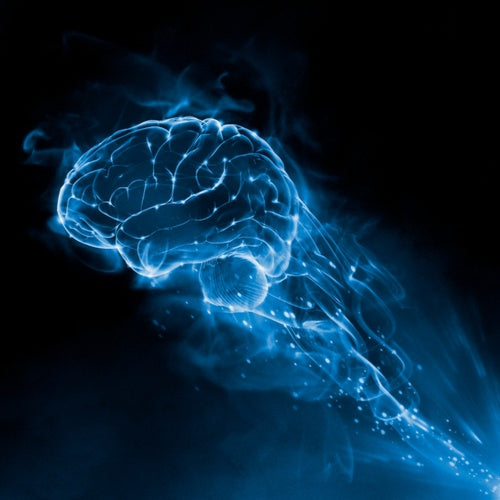



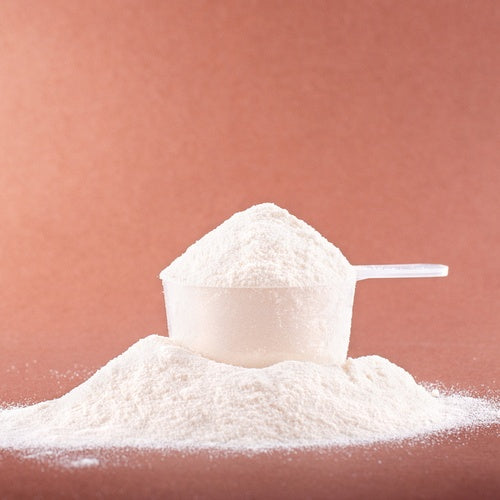



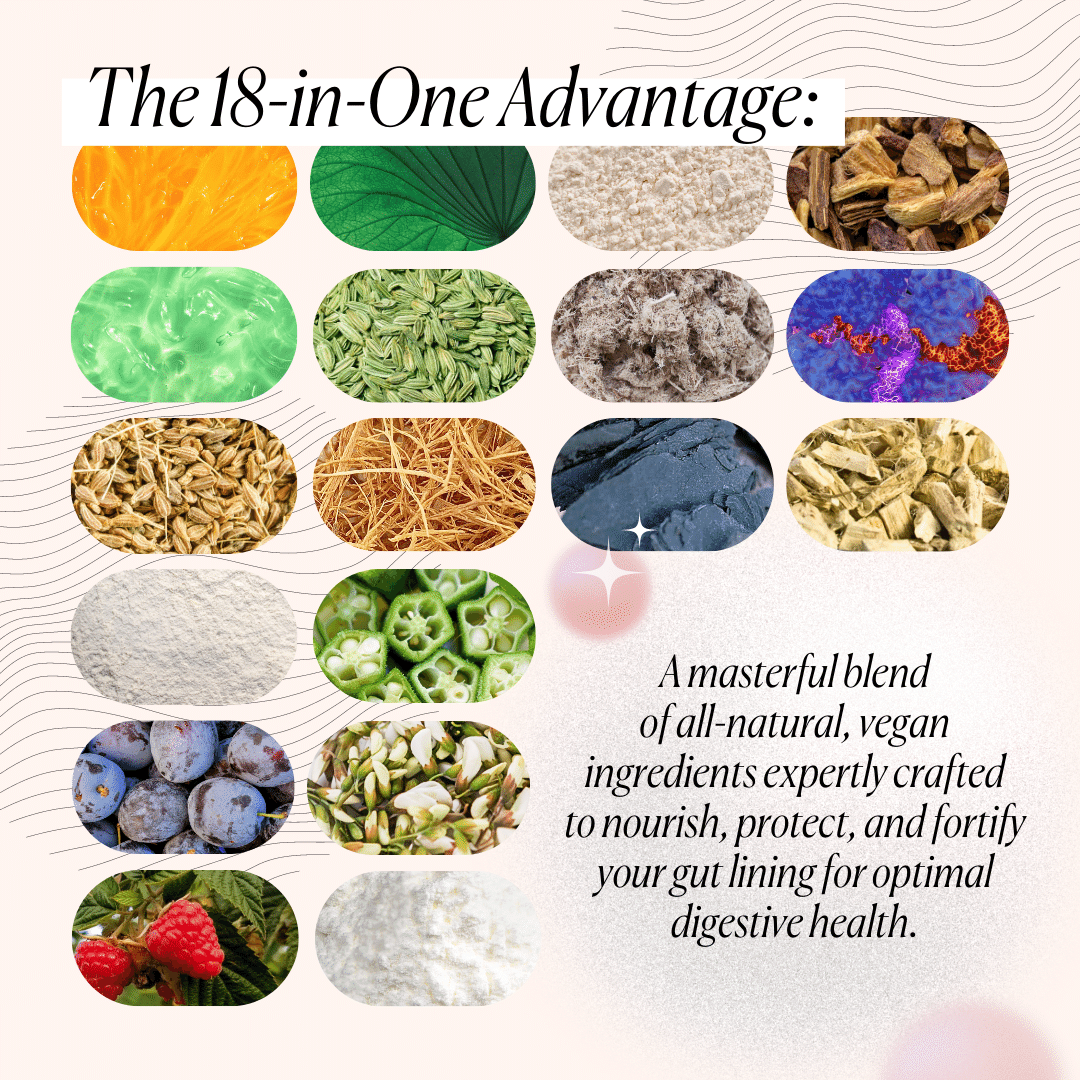
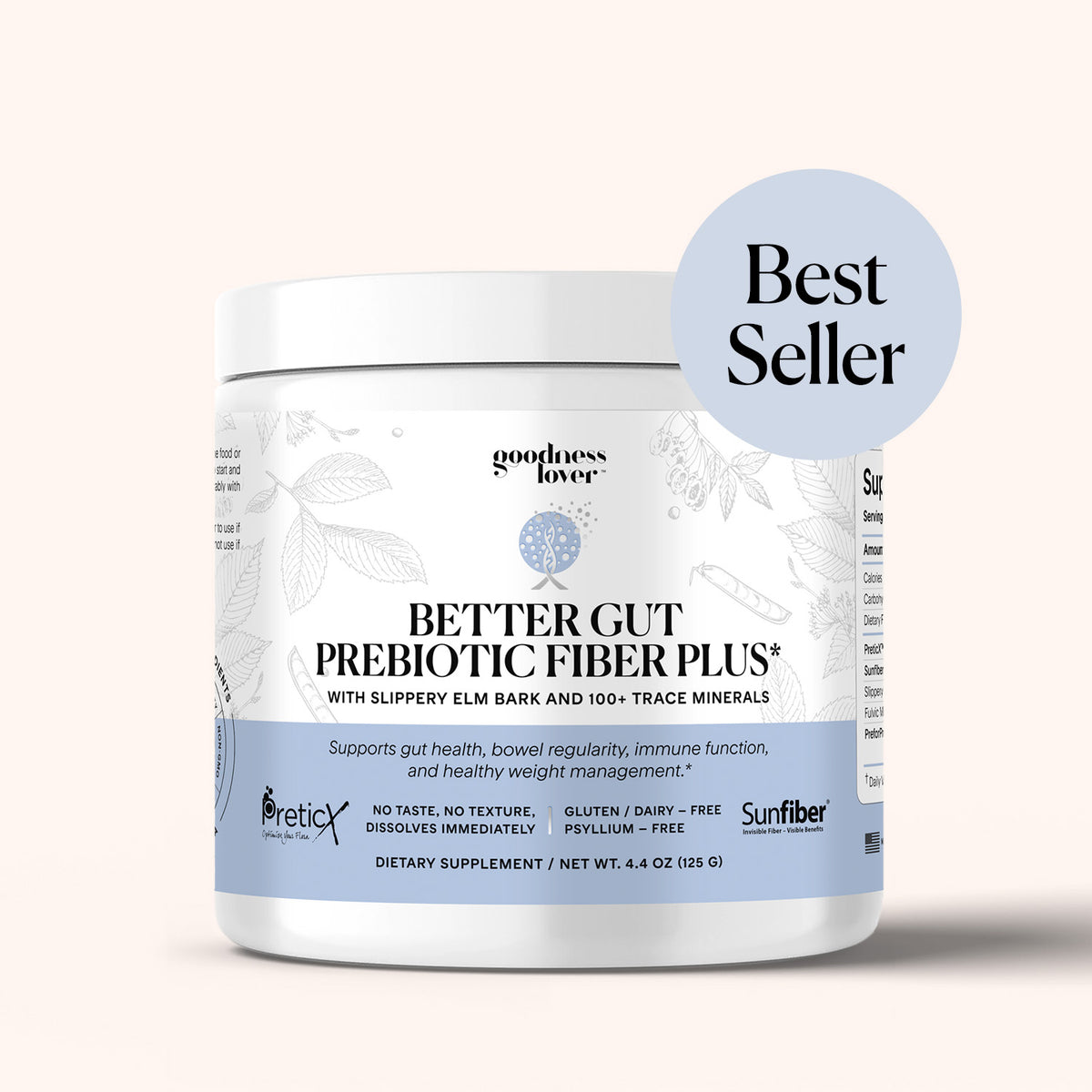

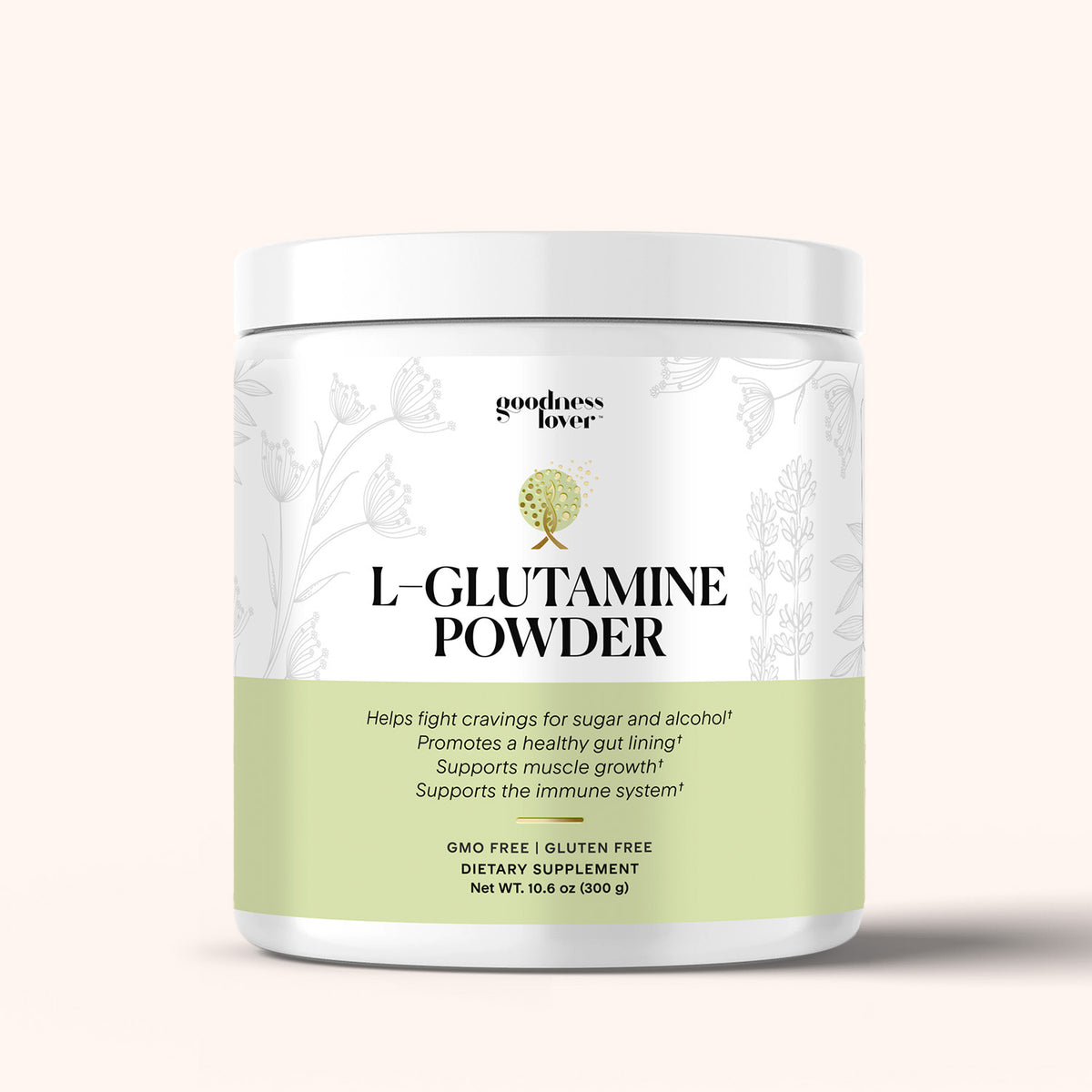
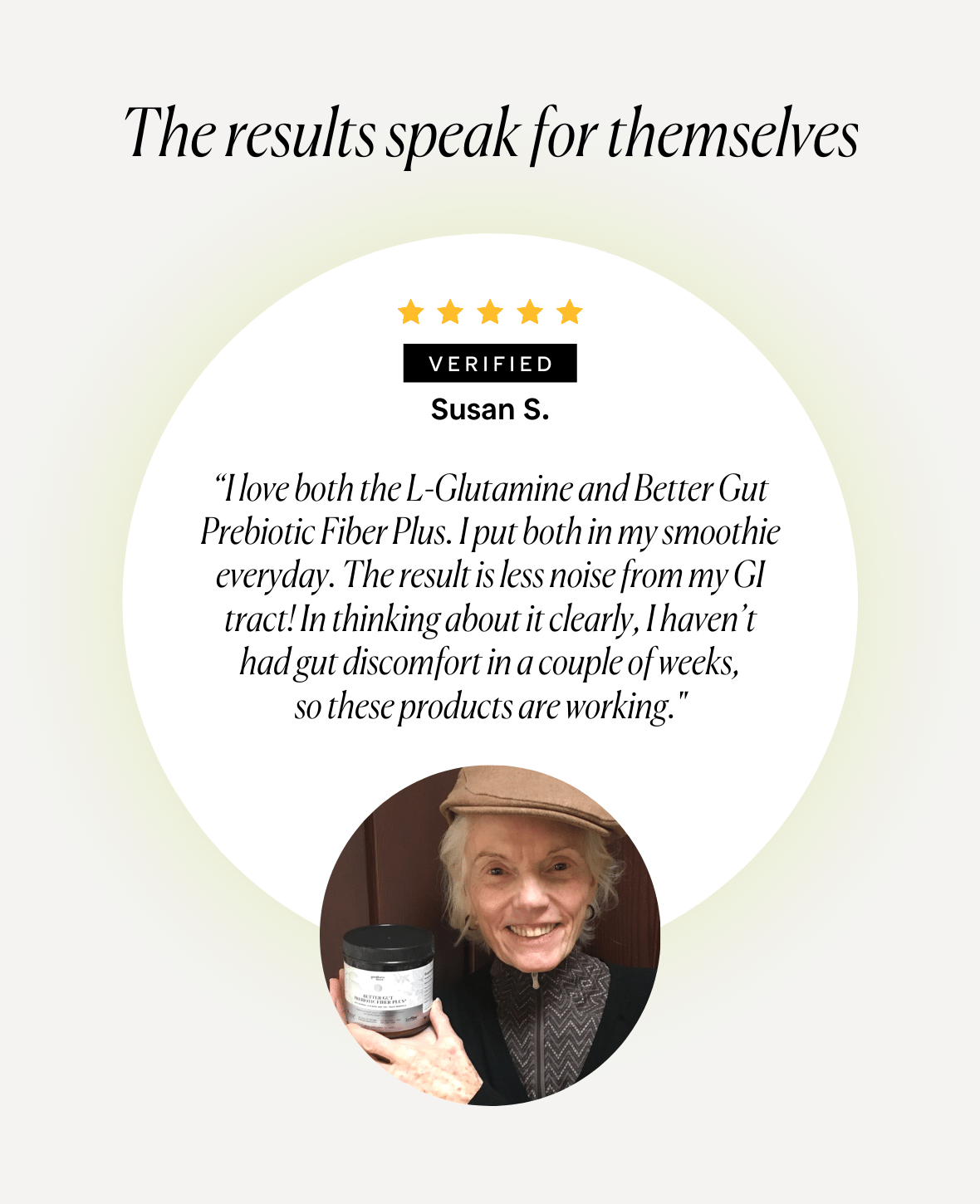
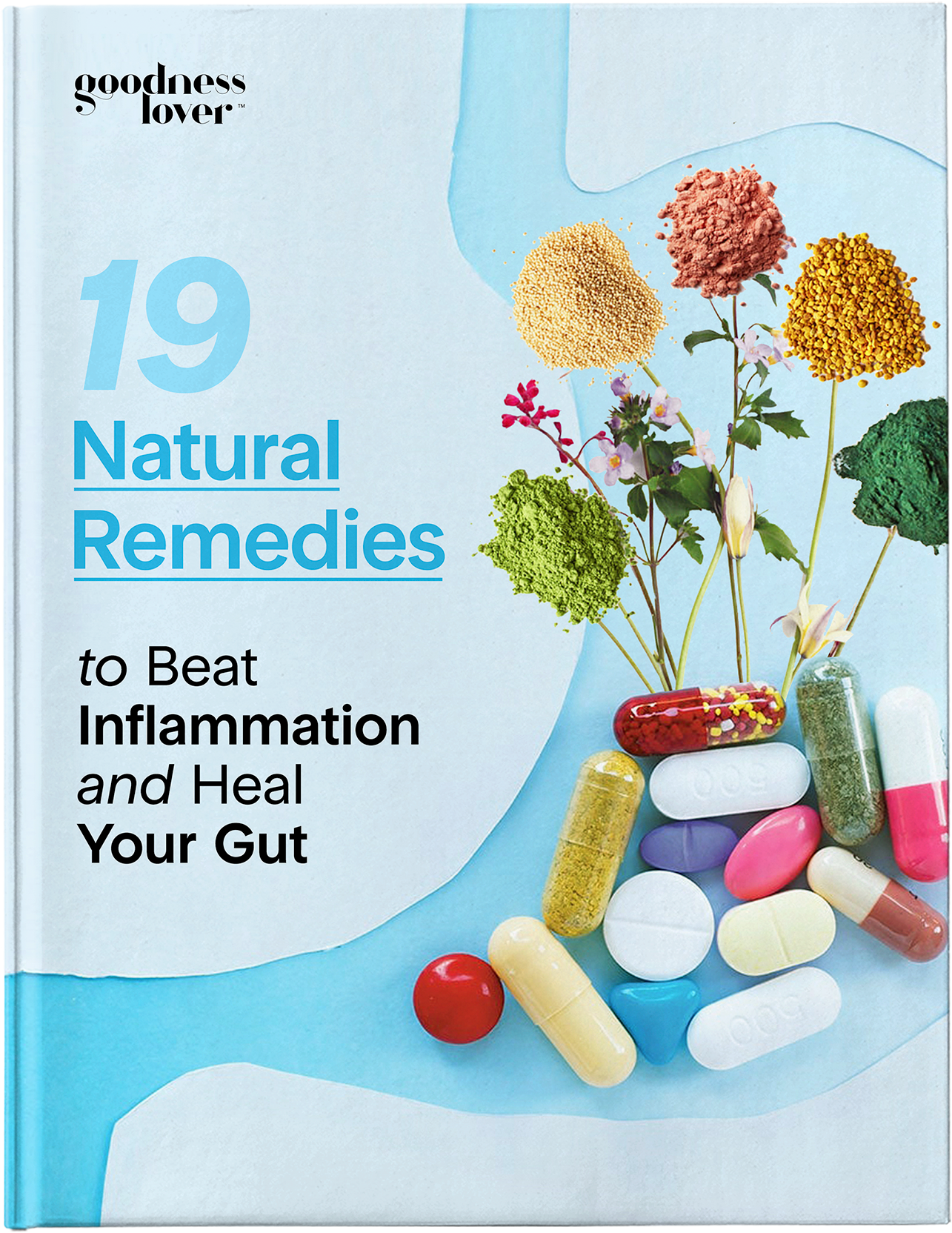
What Do You Think? Comment Below: